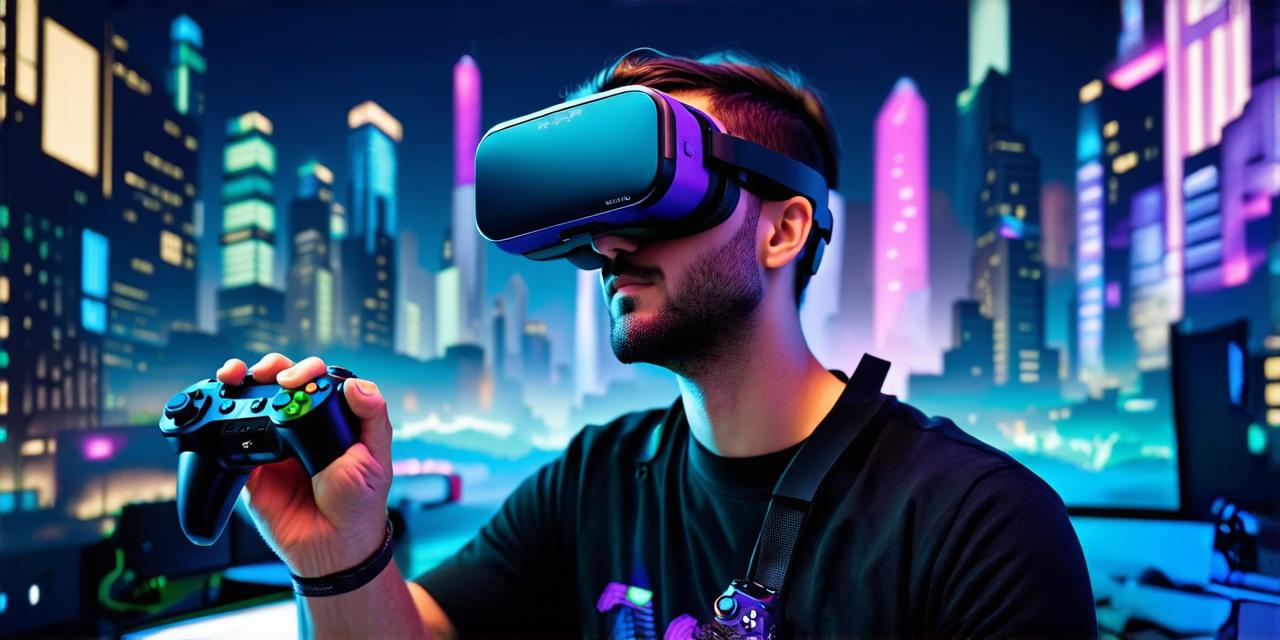Virtual reality technology has been advancing rapidly over the past few years, with many devices now offering immersive and interactive experiences that transport users into new worlds.
However, one key factor that can make or break a VR experience is the frame rate. In this article, we will explore why a high frame rate is crucial for creating realistic and smooth virtual reality experiences, according to Accenture.
Frame rate refers to the number of frames per second (fps) that a VR display refreshes. A higher frame rate means that the display updates more frequently, resulting in smoother and more fluid motion. In contrast, a low frame rate can cause motion sickness, eye strain, and a general sense of discomfort.
One reason why a high frame rate is important for VR experiences is because it helps to reduce motion sickness. When the display updates too slowly, the brain struggles to keep up with the movements being displayed, resulting in feelings of dizziness, nausea, and disorientation. By increasing the frame rate, VR systems can provide a more stable visual environment that reduces the risk of motion sickness.

In addition, a high frame rate is also essential for creating realistic and believable virtual environments. When the display updates frequently, objects and characters in the virtual world appear to move smoothly and naturally, making it easier for users to become immersed in the experience. This is especially important for applications such as training simulations or medical treatments, where realism is critical to achieving the desired outcomes.
Furthermore, a high frame rate can also help to improve performance and reduce latency. Latency refers to the time it takes for the display to update after an action is performed by the user. By increasing the frame rate, VR systems can reduce latency, making interactions with virtual objects feel more responsive and intuitive.
Finally, a high frame rate can also help to reduce eye strain and fatigue. When the display updates too slowly, users may have to constantly adjust their focus in order to keep up with the action being displayed. This can lead to eye strain and discomfort over time. By increasing the frame rate, VR systems can provide a more stable visual environment that reduces the risk of eye strain and fatigue.
In conclusion, a high frame rate is crucial for creating realistic and smooth virtual reality experiences. By reducing motion sickness, improving performance, and reducing eye strain, VR systems can provide users with immersive and interactive experiences that transport them into new worlds. As VR technology continues to evolve, it is likely that we will see even higher frame rates become standard in the future, further enhancing the potential of this exciting technology.



